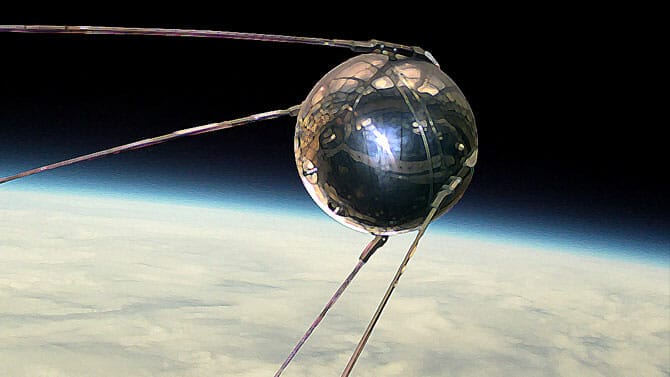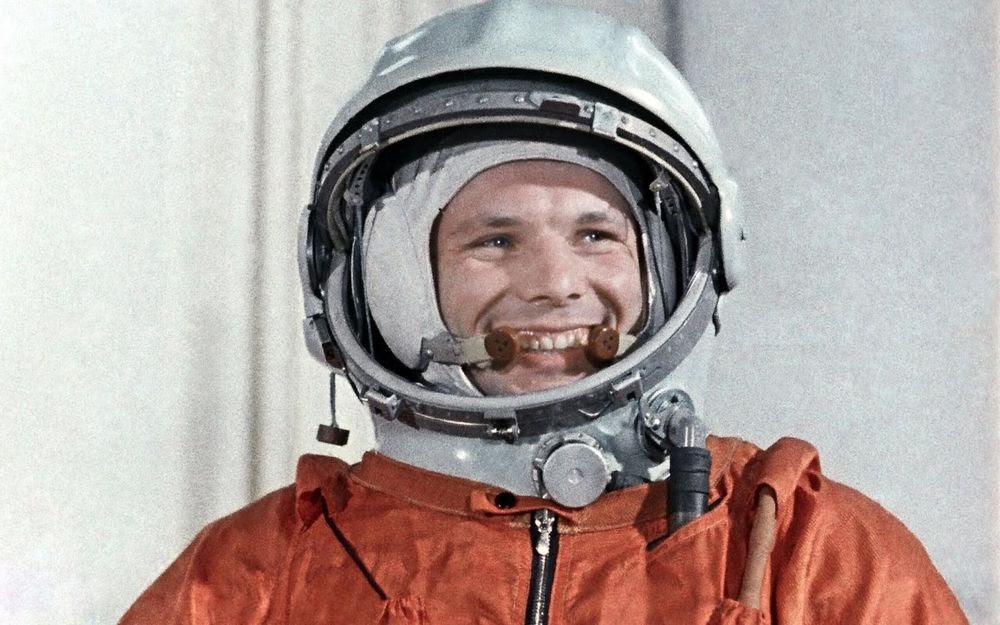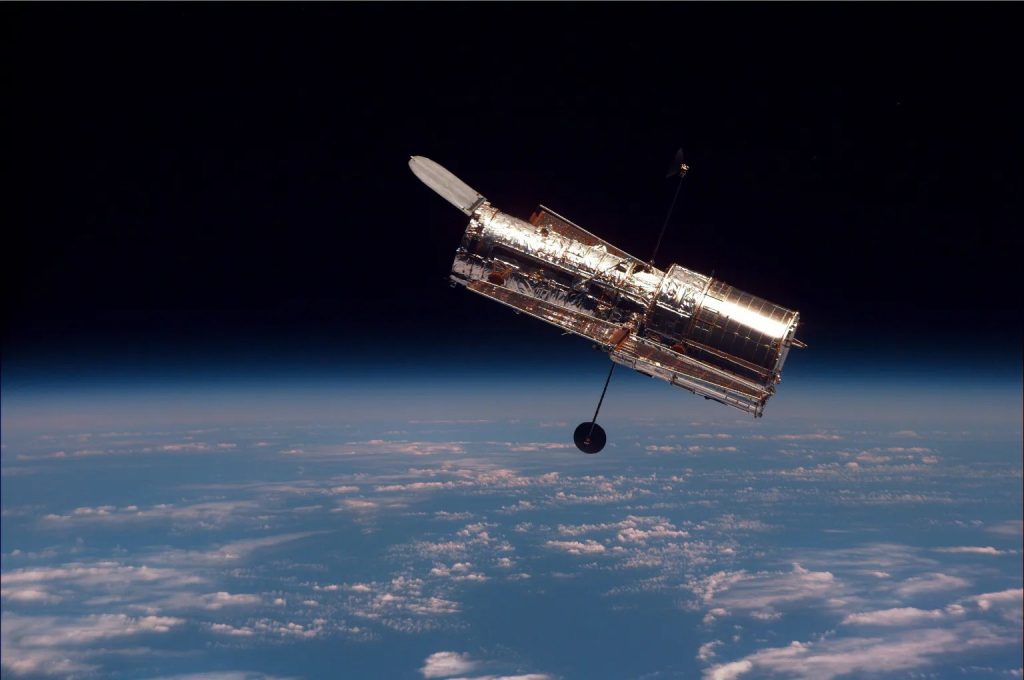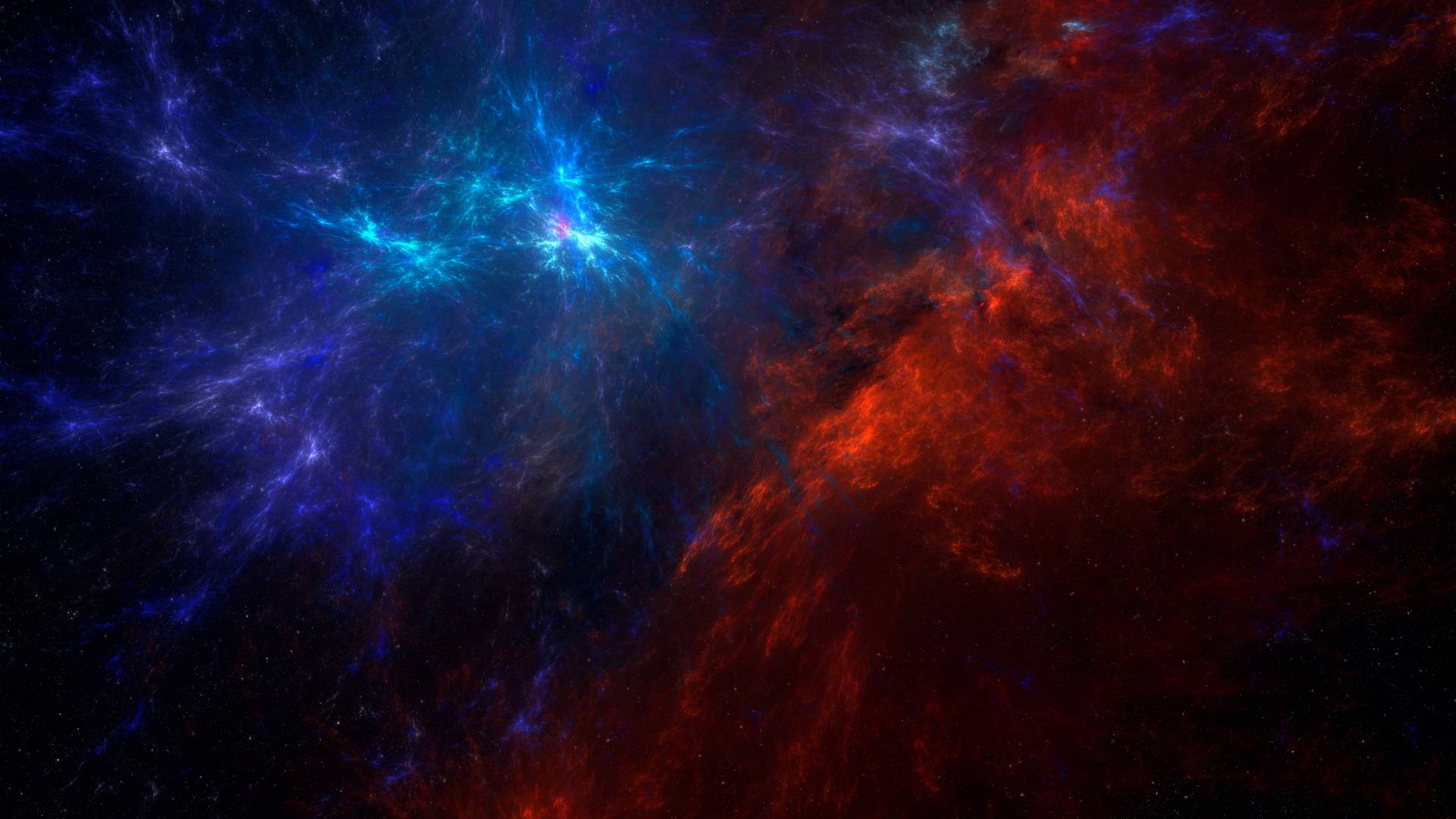The space exploration timeline has been a testament to humanity’s curiosity and ingenuity, pushing the boundaries of what we know about the cosmos. The space exploration timeline is a captivating journey that spans decades, marked by monumental achievements, groundbreaking discoveries, and the collective efforts of nations to unravel the mysteries of the universe.
Let’s embark on a chronological odyssey through the key milestones of space exploration. stay with Spaceyv
The List of Space Exploration Timeline
start with
1950s: The Dawn of the Space Age
1957: Sputnik 1 – The First Artificial Satellite:
- The Soviet Union launches Sputnik 1, marking the beginning of the space age. The world witnesses the first artificial satellite orbiting Earth.
In 1957, the Soviet Union launched Sputnik 1, the world’s first artificial satellite, marking the dawn of the space age. The spherical satellite, weighing about 184 pounds, transmitted radio signals back to Earth, orbiting our planet and initiating an era of space exploration.
Sputnik 1’s successful launch not only showcased Soviet technological prowess but also sparked a new era in science, technology, and geopolitics, laying the foundation for future space endeavors.

1958: NASA’s Establishment:
- The National Aeronautics and Space Administration (NASA) is established in the United States, paving the way for American space exploration endeavors.
In 1958, the United States took a significant step in advancing space exploration with the establishment of the National Aeronautics and Space Administration (NASA). NASA, created on July 29, 1958, emerged in response to the Soviet Union’s successful launch of Sputnik 1 the previous year.
1960s: The Race to the Moon
1961: Yuri Gagarin’s Historic Flight:
- Yuri Gagarin becomes the first human in space as he completes an orbit around Earth aboard the Vostok 1 spacecraft.
In 1961, Yuri Gagarin made history as the first human to journey into outer space. On April 12, aboard the Vostok 1 spacecraft, the Soviet cosmonaut completed a single orbit around Earth, marking a monumental achievement in space exploration.

1969: Apollo 11 – The Moon Landing:
- NASA’s Apollo 11 mission achieves a historic milestone as astronauts Neil Armstrong and Buzz Aldrin become the first humans to set foot on the Moon.
- The crew consisted of astronauts Neil Armstrong, Buzz Aldrin, and Michael Collins.
- The spacecraft, commanded by Armstrong, included the lunar module “Eagle” and the command module “Columbia.”
1970s: Expanding the Horizons
1971: Mars Exploration – Mariner 9:
- NASA’s Mariner 9 becomes the first spacecraft to orbit Mars, capturing detailed images and data about the Martian surface.
1977: Voyager Golden Record:
- Voyager 1 and 2 are launched, carrying the Voyager Golden Record, a message to potential extraterrestrial life containing sounds and images from Earth.
1980s: Space Shuttle Era
1981: Space Shuttle Columbia’s Maiden Flight:
- The Space Shuttle era begins with the successful launch of the Columbia, heralding a new era of reusable spacecraft.
1986: Challenger Tragedy:
- The Space Shuttle Challenger disaster occurs, resulting in the loss of the shuttle and its crew.
1990s: Hubble and International Cooperation
1990: Hubble Space Telescope Deployment:
- The Hubble Space Telescope is deployed, providing stunning images and invaluable data about distant galaxies, nebulae, and other cosmic phenomena.

1998: International Space Station (ISS):
- The first module of the International Space Station is launched, marking the beginning of collaborative human space exploration.
2000s: Mars Rovers and Private Spaceflight
2004: Spirit and Opportunity Rovers on Mars:
- NASA’s Spirit and Opportunity rovers land on Mars, embarking on successful missions to explore the Martian surface.
2004: SpaceShipOne – First Private Manned Spaceflight:
- SpaceShipOne, a privately-funded spacecraft, becomes the first non-governmental vehicle to reach the edge of space with a human pilot.
2010s: Commercial Space and Planetary Exploration
2012: Curiosity Rover on Mars:
- NASA’s Curiosity rover lands on Mars, conducting scientific experiments to assess the planet’s habitability.
2015: New Horizons – Pluto Flyby:
- NASA’s New Horizons spacecraft conducts a historic flyby of Pluto, capturing unprecedented images and data of the distant dwarf planet.
2020s: Artemis Program and Beyond
2024 (Planned): Artemis Program Moon Landing:
- NASA’s Artemis program aims to return humans to the Moon, with plans for the first woman and the next man to set foot on the lunar surface.
The space exploration timeline continues to evolve, with ongoing missions to Mars, the exploration of distant celestial bodies, and the development of new technologies for future interplanetary travel. As we reflect on these achievements, the journey into the cosmos unfolds, promising a future where the mysteries of space are unraveled and new frontiers are explored. thanks to stay with spaceyv.
Sources:
NASA’s Apollo 11 Mission Overview
Apollo 11 – Smithsonian National Air and Space Museum



